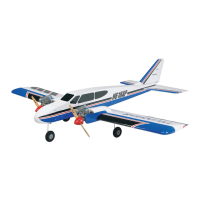
Do you have a question about the Hobbico TWINSTAR and is the answer not in the manual?
Details the manufacturer's warranty policy for the kit and limitations on liability.
Emphasizes the importance of reading the entire manual before starting assembly for safety and success.
Encourages joining the AMA for liability protection and access to club resources for model aviation.
Highlights critical safety rules, including avoiding full-scale aircraft and flying over people.
Details required hardware, adhesives, building supplies, covering tools, and optional items.
Provides crucial tips on interpreting instructions, testing fits, and using adhesives correctly.
A detailed catalog of available replacement parts with their respective order numbers.
Identifies parts shown in the kit diagram, numbered for reference during assembly.
Lists additional small parts and hardware not visually depicted in the main diagram.
Instructs on checking parts for damage and fitting hinges to control surfaces.
Guides on cutting and attaching hinges to the ailerons, elevator, and rudder.
Explains how to glue the two wing panels together using joiners for structural integrity.
Details the process of attaching the engine mounts and engines to the nacelles.
Covers the assembly and installation of the fuel tanks and lines within the nacelles.
Guides on attaching the horizontal stabilizer and vertical fin to the fuselage.
Instructions for final wing adjustments and attaching it to the fuselage.
Details attaching the engine nacelles and servo trays to the wings.
Covers installing servos, pushrods, and control horns for the primary flight controls.
Guides on connecting dual throttle servos and routing fuel lines to mufflers.
Details attaching control horns and routing pushrod outer tubes for steering and controls.
Instructions for attaching the main and nose landing gear assemblies.
Covers mounting the nose gear steering servo and preparing the landing gear legs.
Details assembling the nose gear steering arm and installing the main landing gear wires.
Covers wiring connections for servos, battery, and switch, plus securing components.
Explains the water-transfer method for positioning and applying decals smoothly.
Verifying correct surface movement and setting control throws according to specifications.
Crucial step to set the correct Center of Gravity for stable flight.
Instructions for ensuring the aircraft is balanced side-to-side for stable flight.
Recommends marking the model with owner identification for safety and recovery.
Guidelines for properly charging the transmitter and receiver batteries.
Details how unbalanced props cause vibration, leading to component failure and flight issues.
Covers fuel handling, starting, operation, stopping, and general safety for the engine.
Presents key safety rules from the Academy of Model Aeronautics as mandated for flyers.
Covers essential checks like fuel-proofing, CG verification, and secure mounting of components.
Verifies receiver antenna, servo connections, and control surface operation and throws.
Guides on performing safe and stable takeoffs, including ground handling.
Advice on initial flight trimming, slow flight, and getting acquainted with the model's handling.
Detailed steps for executing a safe landing approach and touchdown.
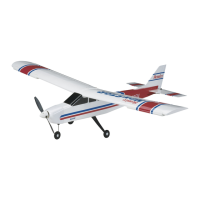
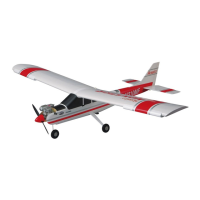
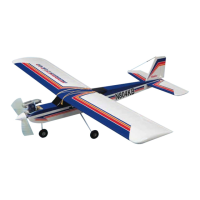
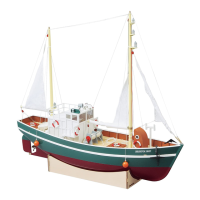
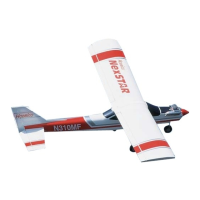
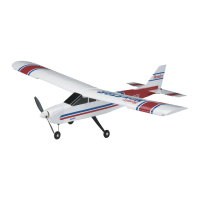
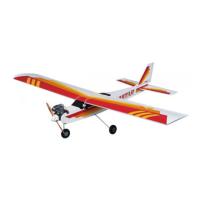
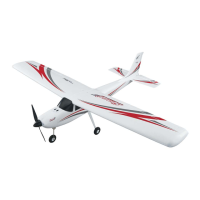
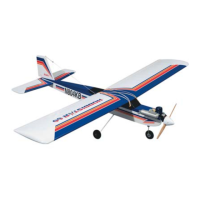
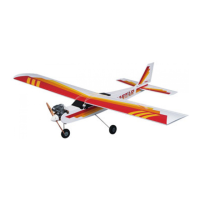
